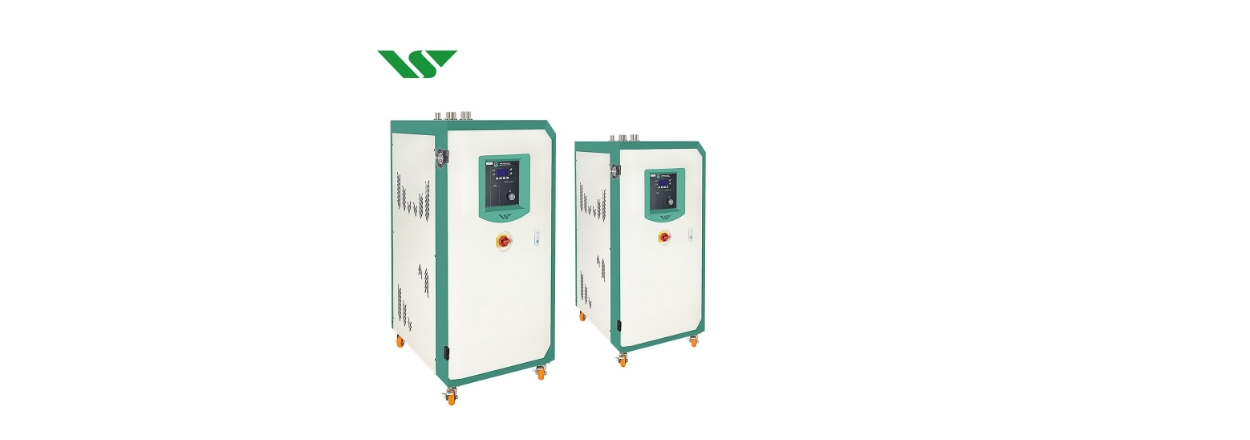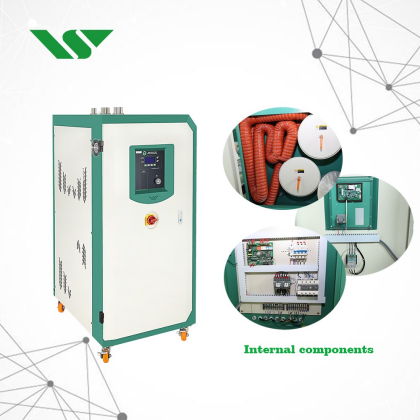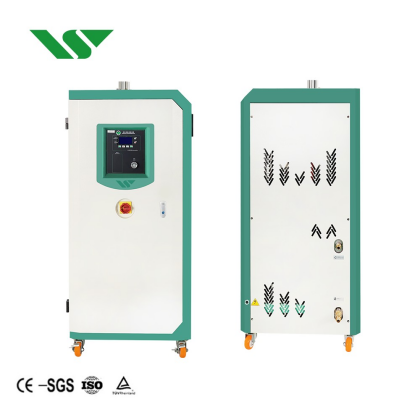Environmental Requirements for Using a Rotary Dehumidifier
2025-02-28 Page view:
When you purchase a rotary dehumidifier, it's essential to consider several environmental factors to ensure it operates effectively and improves production efficiency. Proper setup is key to achieving the best dehumidification results and maintaining product quality. Below are the key requirements to keep in mind before using the equipment:

1. Temperature Conditions
Rotary dehumidifiers are designed to function within specific temperature ranges. Most models work best in environments with temperatures between 15°C and 35°C. Exposing the unit to temperatures outside this range, either too high or too low, can lead to reduced performance or cause the system to malfunction.
2. Humidity Levels
These rotary desiccant dehumidifier are designed to reduce moisture in the air. They typically work most effectively in areas with a relative humidity of 30% to 80%. If the humidity is too low or too high, the dehumidifier’s efficiency may decrease, impacting its ability to maintain optimal conditions.
3. Adequate Ventilation
For optimal performance, rotary dehumidifiers require sufficient airflow. Ensure that the installation area is well-ventilated to allow proper air circulation. Without good ventilation, the dehumidification process may be compromised.

4. Proper Duct Installation
Proper ductwork is crucial for a rotary dehumidifier to function effectively. Even if certain air supplies, like fresh or dry air, aren't connected via ducts, the regeneration air must be ducted outdoors. Failing to do so can prevent the unit from working properly, causing the surrounding humidity to increase. Proper ducts help distribute air evenly throughout the space, ensuring consistent humidity levels.
5. Buffer Room at the Entrance
In any production environment, air entering the space can introduce moisture, especially when people move in and out. To maintain stable humidity control, it’s a good idea to set up a buffer room. This space acts as a barrier, preventing excess moisture from entering the main production area.
6. Equipment Placement
Ensure the desiccant dehumidifier is placed away from heat sources, as excessive heat can affect its dehumidifying performance. Additionally, leave enough space around the equipment for easy maintenance. This allows for quicker repairs or part replacements in case of failure.

While the above requirements may not be necessary for every use case, they are particularly important in environments where precise humidity control is critical. By following these guidelines, you can ensure the dehumidifier operates efficiently, which in turn will enhance production and maintain product quality. Keep in mind that different models and brands of rotary dehumidifiers may have their own specific installation and operating requirements. Always consult the product manual and follow the manufacturer's guidelines for best results.



